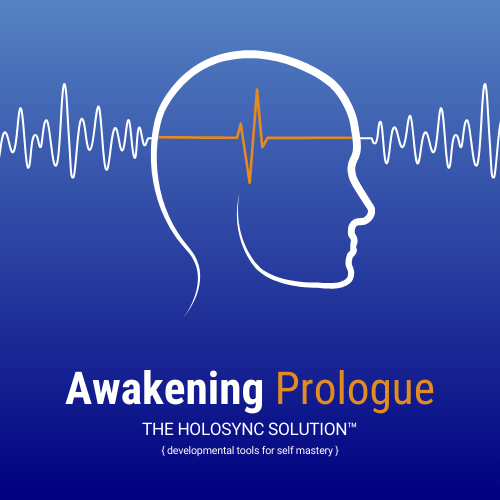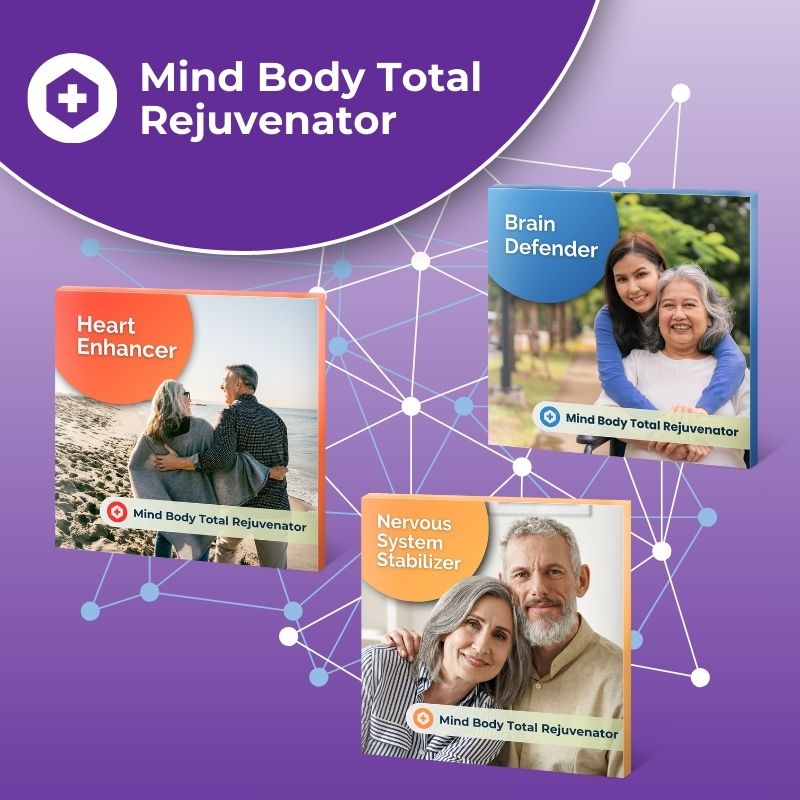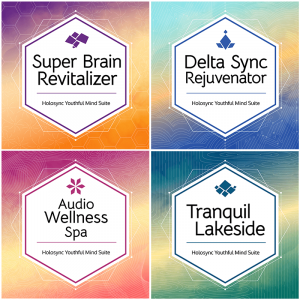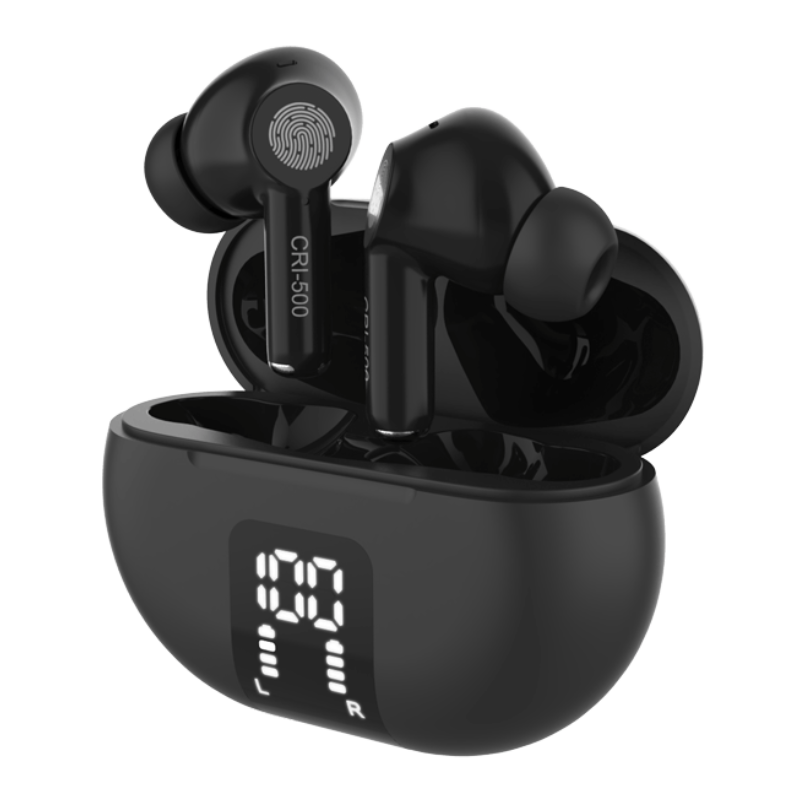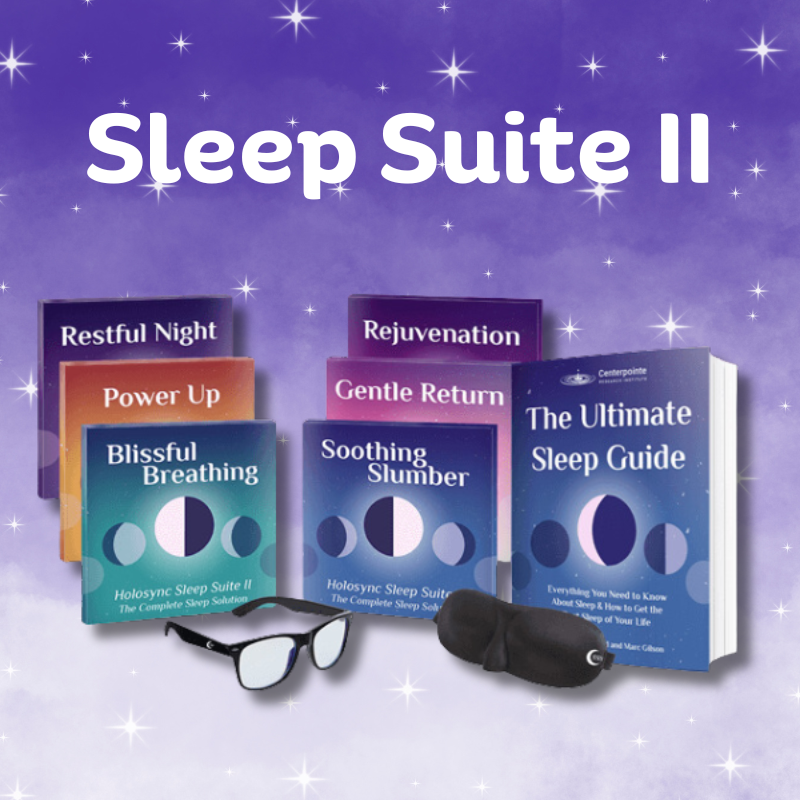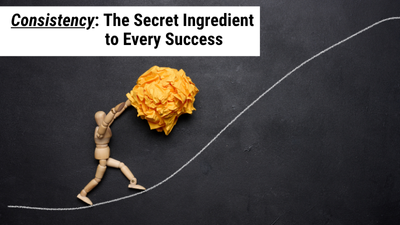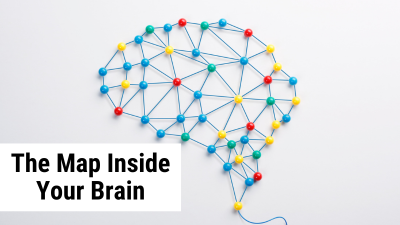“Even the internal processes of most successful people are running on automatic. It's just that their automatic functioning is set up in a more resourceful way.”- Bill Harris
Issue #497 – Monday, October 13, 2025
Have you ever noticed how some people can roll with the punches while others get completely thrown off course by something small?
Maybe you know someone who stays calm and focused no matter what’s happening around them.
Or you’ve seen how easily stress can rattle a person.
The difference often comes down to one thing: flexibility.
Because flexibility isn’t just for the body…
But it’s extremely useful when it comes to your brain, too!
That’s why today I’m sharing a special essay with you from Mind Power Managing Editor Ryan Standifird that explores how flexible brainwaves give you a powerful advantage in life.
Ryan references a recent study on brainwave activity and shares a powerful way to keep your brain limber, adaptable and strong.
You're going to love this!
Cheers,

MaryEllen Tribby
Centerpointe CEO
P.S.
Is your self-talk sabotaging you at every turn?
Scroll down to the Check it Out section below to learn how you can get your inner-voice back on your side.
The Flexible Brainwave Advantage:
Why a Limber Brain Is a Strong Brain
By Ryan Standifird
Did you know that your brainwaves are constantly in flux?
They speed up, they slow down, they find a rhythm, and they coordinate the different parts of your brain so you can more easily perform the task at hand.
Most of the time, we aren’t aware of our brainwaves - just as we usually aren’t aware of our lungs as we take each breath or our eyelids as we blink.
And yet, our brainwaves have so much to say about us.
They can represent our mood, our energy levels, and some recent studies are starting to use brainwaves to determine our risk of cognitive diseases like Alzheimer’s.
So it’s no surprise that scientists have recently discovered that your brainwaves can reflect how intelligent and cognitively capable you are.
A Brain Flexibility Test
A recent study from Johannes Gutenberg Universitaet Mainz wanted to see if they could link particular brainwave patterns to cognitive performance.
148 participants were all hooked up to electroencephalography (EEG) devices that measure brainwave activity. They were then given mentally challenging tasks to perform so that the scientists could see how their brainwaves reacted.
But whereas previous studies usually look into the brainwaves of a particular part of the brain, these researchers looked into how the entire brain network reacted dynamically.
To gauge how cognitively capable each participant was, they added a changing element to the study that would force participants to shift their interpretation of the rules for that task, which is also a hallmark of intelligent information processing.
For example, in one of the tasks, participants were instructed to press a button to decide whether a number was even or odd. But then suddenly, without warning, the rules would change and the participant now had to press the button if the number was greater than five.
As the rules continued to change and the participants were forced to adapt, the researchers were able to see how the brainwaves responded to these rapid shifts, not only in particular parts of the brain, but on a network-wide scale as well.
So, what did they find?
The Theta Connection
The scientists found a striking correlation between certain brainwave patterns and those who performed the best at these tasks.
It was the theta brainwave pattern - specifically “theta synchronization in the mid-frontal” area of the brain, that strongly correlated with the best performers.
But here’s where things get more nuanced.
See, it wasn’t that the folks who performed the best were in theta the whole time.
It was that they were experiencing a “theta synchronization” during the times when they had to give their responses after the rules had already changed.
The researchers believe that theta synchronization resulted in a stronger ability to maintain focus and tune out distractions. When you’re able to stay on task despite your phone ringing in your pocket, or if you’re able to get lost in a good book even on a noisy train, you’re likely experiencing this kind of theta synchronization.
And this makes sense.
Plenty of other studies show that theta brainwaves are greatly associated with memory, creativity and your “rules of reality.” It’s in theta where you are more open to influence, can be more flexible with your pre-established beliefs and are more open to new ideas.
So it makes sense that the more advanced participants in this study were able to dip into theta for their responses when the rules of their tasks changed.
Not only were their brainwaves flexible, but their ability to grasp new concepts and rework the “rules” for the game were also more fluid.
Flexibility & Strength
Flexibility has always been an advantage, whether it comes to your body’s strength or your brain’s.
Brain flexibility, also known as neuroplasticity, is the brain’s ability to change in response to stimulus.
That’s both physically, with parts of the brain growing or shrinking with consistent usage…
…and on a brainwave activity level as well, where changes in brainwave patterns happen with more speed, ease and fluidity.
So, how can you improve your brain’s flexibility?
The most effective way is by engaging in a daily practice of meditation.
Meditation, from a scientific perspective, is the ability to shift your brainwaves out of the common waking beta pattern associated with stress, alertness, and everyday problem-solving, and into a (usually) slower pattern like alpha, theta or delta - all of which have powerful benefits to your health and wellbeing.
To the practitioner, this is the “clear your mind” part of meditation. By focusing on your breath or reciting a mantra, you are overriding your brain’s focus away from the many stressful parts of your life, which allows your brainwaves to relax, slow, and shift into one of these patterns.
But the truth is, many folks struggle to shift out of beta, especially if they are new to meditation or experience chronic stress.
For these folks, their neuroplasticity is likely quite rigid. They can’t shift between their brainwave patterns easily.
Picture someone who hasn’t exercised in years trying to bend over and touch their toes without bending their knees. Not likely, right?
In the same way, these folks who do not meditate can get stuck in beta, constantly stressed, on-edge, annoyed, worried, and probably struggling to sleep at night.
Holosync: The Ultimate Neuroplasticity Tool
With months or years of practice, anyone can eventually learn how to meditate using traditional methods.
But there’s a much more reliable way to improve your neuroplasticity while also enjoying the benefits of those slower brainwave patterns anytime, anywhere.
With Holosync neuro-audio technology you can quickly achieve any brainwave pattern you want, so that you can start improving your brain’s neuroplasticity from your very first session.
And Holosync isn’t just limited to the traditional alpha, theta and delta states. You gain access to the full range of brainwave patterns…
From the extremely fast gamma wave pattern (30Hz - 100Hz) associated with gratitude, brain cohesion and longevity…
To the extremely slow epsilon wave pattern (Less than 1Hz) associated with trauma healing, deep introspection and spiritual awakening…
Holosync is your master key to unlocking the full potential of your brainwaves.
But no matter how you meditate, the important thing is to be consistent.
The more often you expose your brain to those other brainwave patterns, the easier it will be for your brainwaves to shift between them when the time comes.
Remember: a flexible brain is a strong brain.
How flexible is yours?
Check It Out!
Voices Within
Transforming Self-talk
Pre-order before October 15 & Save $10

Voices Within was designed for one purpose:
To help you transform the way you speak to yourself.
By combining our powerful Holosync® neuro-audio technology and effective Autofonix® affirmations, you can gently and effectively uncover the old, unhelpful scripts that run in the background of your mind…
…and then mindfully replace them with words and patterns that actually move you forward.
This isn’t about plastering over pain with happy slogans. It’s about retraining your brain at the level where thoughts become habits and habits become your life.
You deserve self-talk that moves you forward, not holds you back.
Wise Words
“Remember: a flexible brain is a strong brain.” - Ryan Standifird
This Really Happened
"I am so excited for the app. I bought discs long ago and found it hard to keep consistent with busy life and family but am excited to get back to it with the convenience of the app."
~Dedrianne O.
MyHolosync App User
We Want to Hear From You!
How do you keep your brain flexible?
Post your story on our Facebook Page.
Not on Facebook? Tell me about the impact that meditation with Holosync has had on your daily life. Stress? Sleep? Weight Loss? Focus? Spiritual Connection? Other?
Email your story here:
Find Us On Facebook
Post your story on our Facebook Page.
Not On Facebook?
Email Us!
Pay It Forward:
Your story may profoundly affect the life of a person you never meet,
but who will be forever grateful.

